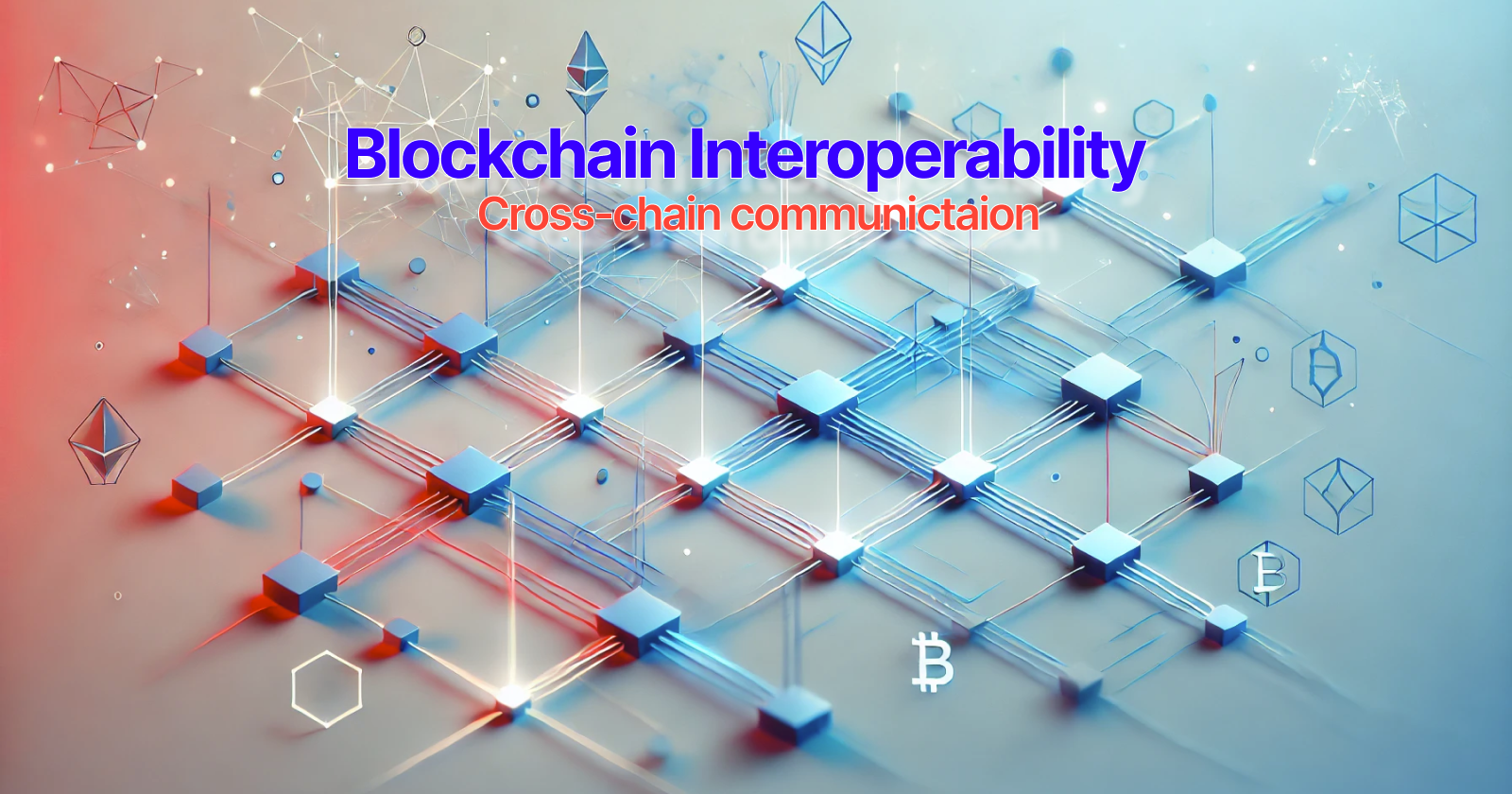Blockchain Interoperability and Cross-Chain Solutions
 Jay Nalam
Jay Nalam
Hello Everyone..
Welcome to another day of exploring Web3 Engineering. Today let’s see why we need the blockchain interoperability and where the future of the decentralized applications (dApps) head. So without any further ado, let’s get started.
Introduction:
Now-a-days with the fast growing of DeFi usage and the applications offered by them, it is safe to assume that blockchain has become a critical component in the progress. As we have different blockchains emerging day by day offering their own specialties to both developers and users, it has become difficult to stick to one platform for all their uses or switch different platforms for usability.
For example, I can’t use the stable coins I have on one Network A to stake on a dApp on Network B that is offering me more APY. This is just one of the scenarios where users are facing difficulties using their assets to full extent.
Cross-chain solutions aim to address these challenges by enabling seamless communication and interaction between different blockchain networks.
Why Interoperability Matters in Blockchain
Like in the above example, Currently, many DeFi applications exist in isolated ecosystems, each with its own unique protocols, assets, and consensus mechanisms. With the lack of interoperability, users are unable to use their assets across different blockchains and are forced to use centralized exchanges taking away the core decentralization aspect of the Decentralized Apps.
What does Interoperability provide ?
Interoperability in blockchain allows for:
Better Liquidity: Cross-chain bridges allows the liquidity to flow between different blockchains, preventing it to be stuck on one network.
Enhanced User Experience: With cross-chain dApps, users can interact with applications from different blockchain under one common interface with switching between multiple wallets or platforms.
Innovation in DeFi Protocols: Multi-chain applications can integrate new features such as cross-chain lending, yield farming, and decentralized exchanges (DEXs) that pool liquidity from different blockchains.
Popular Cross-Chain Solutions:
Cosmos IBC (Inter-Blockchain Communication):
Cosmos is commonly called as Internet-of-blockchains.
IBC protocol allows transfer of assets and data between different blockchain such as Ethereum, Solana etc.
It uses Hubs and Zones to provide communication between networks without needing a centralized exchange or third party apps.
Polkadot Parachains:
Polkadot is another popular cross-chain communication protocol which provides communication using Parachains.
Parachains are independent and specialized blockchains that run in parallel while being connected to the central Relay Chain.
These parachains communicate wiht each other using Cross-Chain Message Passing (XCMP) through the Polkadot Relay chain to transfer assets and data between them.
Axelar Network:
Axelar network provides cross-chain communication with the help of interoperable smart contracts.
It is right now compatible with Ethereum, Avalanche, Cosmos, and other major ecosystems.
Chainlink CCIP (Cross-Chain Interoperability Protocol):
Chainlink’s CCIP is designed to create a universal standard for sending data, messages, and tokens across blockchains.
With the integration of chainlink oracles, CCP is ideal for DeFi protocols and security essential applications
Challenges in Blockchain Interoperability:
On one hand, we have so many pros by using the cross-chain communication, but on the other hand we have some cons too. They are
Security Risks : Bridging dApps between multiple chains will bring in potential risks like the chance of malicious actors exploiting the weaknesses on the communication protocol is high.
Consensus Differences : As different blockchains work with different consensus algorithms, bad actors can take advantages in the differentiating block rates or synchronization etc.
Liquidity Fragmentation: Even with interoperability, liquidity can become fragmented across chains, making it harder to aggregate liquidity pools effectively.
The Future of Cross-Chain DeFi:
Interoperability protocols are set to play a key role in the next phase of DeFi’s growth. As protocols like Cosmos IBC, Axelar, and Chainlink CCIP continue to evolve, developers will be able to create more composable dApps that work across multiple chains. In the near future, we can expect to see:
Cross-Chain Yield Farming: Where users can stake assets on one blockchain and earn rewards on another.
Interoperable Lending Protocols: Enabling users to borrow assets from one blockchain and lend them on another, using a cross-chain collateral model.
Cross-Chain DEXs (Decentralized Exchanges): These exchanges can pool liquidity from multiple blockchains, providing better rates and more efficient trades.
So, what is your opinion on this?
How are you planning to use them in your dApps? Comment below.
Subscribe to my newsletter
Read articles from Jay Nalam directly inside your inbox. Subscribe to the newsletter, and don't miss out.
Written by

Jay Nalam
Jay Nalam
Hi, I'm Jay Nalam, a seasoned Web3 Engineer committed to advancing decentralized technologies. Specializing in EVM-based blockchains, smart contracts, and web3 protocols, I've developed NFTs, DeFi protocols, and more, pushing boundaries in the crypto realm.